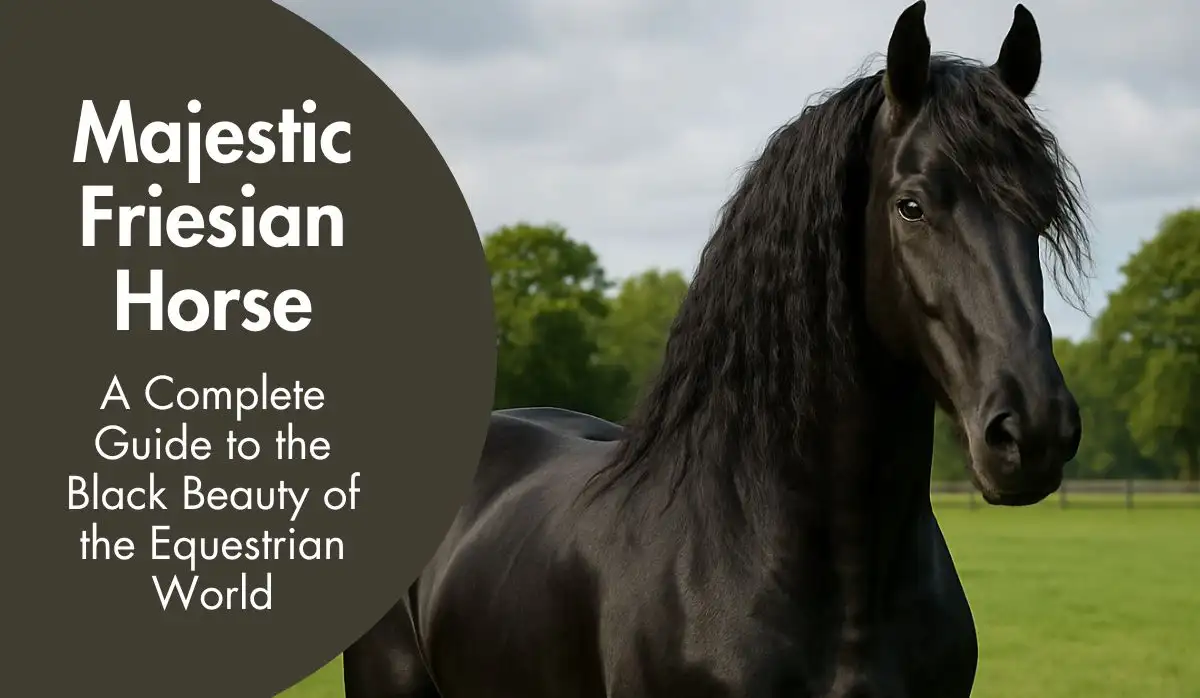
Table of Contents
Introduction to Pug Puppies
Why Pugs Steal Everyone’s Hearts
If there’s one dog breed that can charm just about anyone with a single look, it’s the pug. With their wrinkly faces, soulful eyes, and clownish personalities, pug puppies are irresistible. American Kennel Club (AKC) recognizes them as one of the most popular toy breeds in the world.
A Quick History of the Breed
Pugs date back to ancient China where they were bred as lapdogs for emperors and royal families. Their royal bloodlines are as rich as their personalities.
For more pet care tips, visit PetLuvz.
Understanding the Pug Personality
Charming and Mischievous
Pugs are people-pleasers but also have a stubborn streak that keeps things interesting.
The Comedian of the Dog World
Pugs love attention and will do anything for a laugh. Their hilarious facial expressions and quirky behavior make them natural-born entertainers.
Physical Traits of Pug Puppies
Compact and Cuddly
Pugs are classified as a brachycephalic breed, meaning they have short noses and flat faces. Learn more from the VCA Animal Hospitals.
Those Iconic Wrinkles and Big Eyes
Those wrinkles aren’t just cute—they need regular cleaning. Their large, protruding eyes are vulnerable to scratches and infections.
Coat Colors and Types
Most pugs have fawn or black coats, but other colors like silver and apricot do exist. Their smooth, short fur makes grooming a breeze—except for the shedding!
Preparing Your Home for a Pug Puppy
Puppy-Proofing Basics
Pug-proofing your home is essential. Check out this detailed puppy-proofing guide from PetMD.
Must-Have Supplies Before Bringing Them Home
Invest in quality items like a non-slip dog bed, chew-proof toys, a harness (not a collar), and training pads. Here’s a checklist by ASPCA to get started.
Feeding Your Pug Puppy
What Should a Pug Puppy Eat?
You can explore nutrition recommendations on Dog Food Advisor.
Feeding Schedule and Tips
Overfeeding a pug is a real concern. Learn how to properly portion meals using this feeding guide from Royal Canin.
Health and Wellness
Common Health Issues in Pugs
They may be sturdy, but pugs are genetically prone to a few health issues.
Breathing Problems and Eye Conditions
Because of their flat faces, pugs often deal with brachycephalic obstructive airway syndrome (BOAS). Learn more from the Pug Dog Club of America.
Vet Visits and Vaccination Schedule
Follow your vet’s vaccination schedule religiously. For general guidelines, check the American Veterinary Medical Association (AVMA).
Training a Pug Puppy
Is It Easy to Train a Pug?
They’re intelligent but can be a bit stubborn. Use consistent, positive reinforcement techniques. The AKC’s dog training tips are a great starting point.
Crate Training and Potty Training Tips
Crate training helps with housebreaking and gives your pug a safe haven. Visit Humane Society’s crate training guide for more info.
Socialization and Behavior Shaping
Early socialization helps prevent fear-based aggression and anxiety later in life. Expose them to new experiences in a controlled, positive way.
Exercise and Playtime
How Much Exercise Does a Pug Puppy Need?
While energetic, they tire quickly. Short walks and indoor play sessions are perfect. Learn about pug exercise limits on PetMD.
Indoor vs. Outdoor Play
Always avoid hot and humid conditions. Because of their breathing structure, pugs can easily overheat.
Grooming and Hygiene
Cleaning Wrinkles and Eyes
Keep their folds clean and dry to avoid bacterial growth. Learn more about wrinkle care from Vetstreet.
Bathing, Brushing, and Nail Care
Weekly brushing and monthly baths will keep them looking fresh. Use a gentle brush and dog-friendly shampoo.
Sleep Patterns of Pug Puppies
Why Do Pugs Sleep So Much?
They’re small energy-conservers! On average, pug puppies can sleep up to 14–16 hours a day, especially during growth spurts.
Creating the Perfect Sleep Spot
Keep their sleep area quiet, clean, and cozy.
Traveling With Your Pug Puppy
Tips for Safe Travel
Always use a secured pet carrier. Never leave them alone in the car. Here’s a travel safety checklist from ASPCA.
What to Pack for Your Pug
Travel bowls, food, leash, harness, poop bags, comfort blanket, and water—check, check, check!
Best Toys and Accessories
Toys That Pugs Love
Pugs love interactive toys that challenge their minds and dispense treats. Check Chewy’s toy list for small dogs.
Comfort Essentials
Memory foam beds and soft blankets are pug favorites. Use a harness instead of a collar for walking—they’re safer for their neck and throat.
Integrating Your Pug Puppy into Family Life
Kids, Pets, and Pugs – Do They Mix?
Absolutely! They’re affectionate and love being part of the family.
Establishing a Routine
Consistency is key to raising a confident and happy puppy. From feeding times to potty breaks, set a daily rhythm and stick to it.
How to Choose the Right Pug Puppy
Finding a Responsible Breeder
Look for AKC-registered breeders or consult the Pug Dog Club of America Breeder Directory.
What to Look for in a Healthy Puppy
Check for clear eyes, clean ears, playful behavior, and firm stools. A good breeder will happily show health clearances for both parents.
Conclusion
Is a Pug Puppy Right for You?
If you want a dog that’ll snuggle you on the couch, follow you from room to room, and make you laugh daily, a pug puppy could be your perfect match. Just be prepared to invest time in care and companionship—they thrive on love and attention.
FAQs
1. Do pug puppies get along with other pets?
Yes! They’re naturally social and do well in multi-pet households.
2. Are pug puppies high-maintenance?
They are relatively low maintenance in grooming but do require close attention to their health.
3. How much does a pug puppy cost?
Between $800–$2,000 depending on location, breeder, and lineage.
4. Can pug puppies be left alone?
They can tolerate short absences, but they prefer being around people and may get anxious if left alone often.
5. Do pug puppies bark a lot?
They bark occasionally, especially to alert or if they’re bored. They’re not excessive barkers.








 Facebook
Facebook instagram
instagram youtube
youtube




